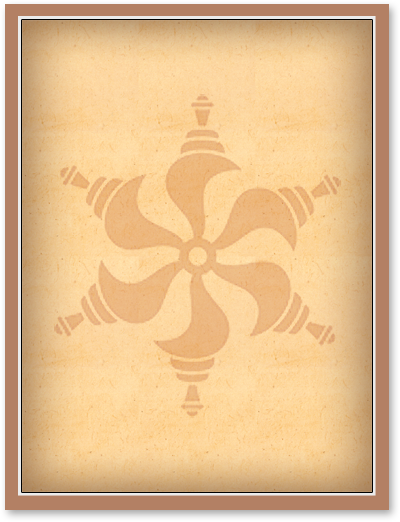

Maharaja Sayajirao II was the great ruler of Baroda. The state of Baroda was the largest princely state in Gujarat. Baroda city was the capital of the state and it was situated on the banks of river Vishvamitri. People from different caste, communities and religion comprised the subjects of this state.
Saints like Brahmanand and Muktanand, occasionally visited Baroda and preached about the Swaminarayan Way of life to people. They did this by singing devotional songs. Through their sermons they tried to raise the moral, ethical, religious and cultural standards of people. The simple life and high thinking of the saints attracted more and more people to Swaminarayan Way of Life. Gopalanand Swami was in close touch with Maharaja Sayajirao. As the Swaminarayan Way of Life spread wider and wider the Brahmins were afraid of losing their income through religious ceremonies. Their seething unrest was gradually building up to have a volcanic burst out some day.
Maharaja Sayajirao was very eagerto meet Shree Hari. So he asked Swami Gopalanand to invite Him to Baroda on his behalf. Swami Gopalanand conveyed this invitation to Shree Hari who sent through him the reply that at some convenient time He would certainly come to Baroda.To convey his formal invitation Maharaja Sayajirao sent Narupant Nana, his minister to Vadtal where Shree Hari was staying at that time.
When Narupant Nana reached Vadtal, he was surprised to see Shree Hari digging at the tank and carrying mud on His head. He was awe-struck by such modesty of Shree Hari Who was looked upon as God by people.
When Shree Hari followed by saints and devotees visited Baroda, Maharaja Sayajirao came up to the outskirts of Baroda to receive Him. All the four wings of the army formed aroyal procession. The royal band played music. Shree Hari sat in the howdah of an elephant. Maharaja Sayajirao sat beside Him waving chowries to show honor. The royal elephant and the horses of the cavalry were tastefully decorated.
When the procession reached the palace, Maharaja Sayajirao and Shree Hari got down from the elephant. Shree Hari was then ceremoniously worshipped by Maharaja Sayajirao who with his family surrendered himself and his Kingdom. Seeking Shree Hari’s blessings said: “Let me always be at your feet as a humble servant.” Then Shree Hari was led into the palace and was treated with all royal honors.
Some ministers of the state were rattled to see this kind of honor given to an outsider. They conspired to get Shree Hari arrested but rains failed their devious plans.
Orthodox Brahmin leaders complained to Maharaja Sayajirao that Swaminarayan Way of Life was a blow to Hinduism and must be prohibited in Baroda State. It was sacrilegious and dangerous even for the King.Maharaja Sayajirao, being a wise King asked them for their opinion. They said: “Hold a religious court. Let both the groups argue their case and may your majesty decide who is wrong and who is right.”
Maharaja Sayajirao agreed.
The debate was held. The complainants argued: “Shree Hari wears a golden crown to usurp the Kingdom. He crushes holy basil-Tulsi leaves under His feet and claims to be God against the tenets of Hinduism.”
Shree Hari then sent Muktanand Swami with a cartload of ancient Sanskrit scriptures to defend Swaminarayan Way of life. He was assisted by Swami Gopalanand an equally powerful logician, a speaker and scholar. The two scholarly saints defeated a big group of complainants and Maharaja Sayajirao gave the verdict in favor of Swaminarayan Way of Life.
He then encouraged the saints to propagate their religion without any fear in the whole Kingdom.
Maharaja Sayajirao followed the commands of Shree Hari as written down in Shikshapatri – the holy book of Swaminarayan Way of Life. He also withdrew all criminal cases against the great robber Joban Pagi who had adopted Swaminarayan Way of Life.